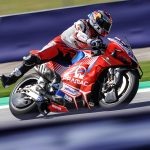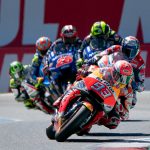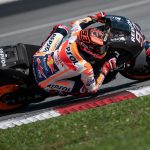My MotoGP career got off to a very lucky start. I was bored and wanted to start writing a blog, but couldn’t think of a subject, and so one day, I wrote a preview of the MotoGP season. That was in 2006, and as it turned out, that was a good time to be writing about MotoGP. It was a real barnstormer. The Nicky Hayden vs Valentino Rossi battle that went all the way to the final race was the main attraction but there was plenty more at stake.
Perhaps the best thing about that season was the fact that there were so many competitive bikes. Honda, Yamaha, and Ducati all won races, Suzuki was constantly close, and there was the Kenny Roberts’ built KR211V to spice things up. Even Kawasaki got a podium, Shinya Nakano shining at Assen. Things went downhill pretty rapidly after that. By the end of the decade, only Yamaha, Honda, and Casey Stoner were capable of victory. Ducati stayed loyal, but the other factories had either left, or were on the brink of doing so.
The adoption of spec electronics and the switch to Michelin have brought about a return to a fuller, more competitive field. Honda and Yamaha are as competitive as ever, and Gigi Dall’Igna has turned Ducati’s fortunes around. Suzuki won a race last year, though they have gone backwards in 2017, arguably a result of swapping out both riders.
But MotoGP’s two other factories have been truly remarkable in 2017. KTM have entered the series as a total newcomer, with only a year of development under their belts. Before the season started, bosses of other factories would privately express their disdain for KTM’s efforts. One boss told me that KTM would end up swapping their steel trellis frame for a more traditional aluminium beam frame. That was what worked for them, therefore that was what was needed to succeed.
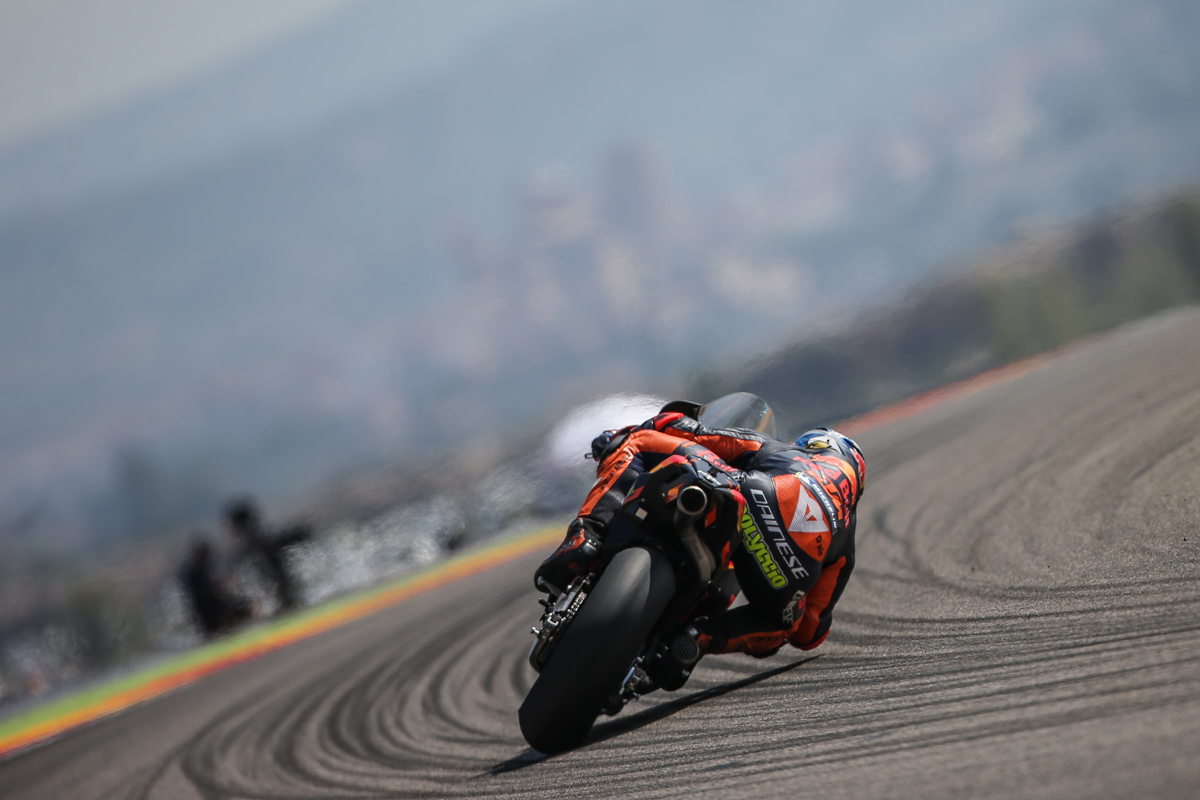
KTM are proving those factory bosses wrong. The MotoGP project has made huge steps forward this year. They went from being 3 seconds-a-lap-off at Qatar to three quarters of a second off at Aragon. At the last race, Pol Espargaro finished tenth, just 14 seconds behind the winner Marc Márquez. Espargaro was annoyed, knowing that he could have been even further up the order if it wasn’t for a bad start. “I was pissed off at the beginning of the race because I did a bad start, and I said, you know I always had the same pace and the same gap to the top guys that were really close to me; I was completely alone doing the rhythm. When you are in a group it’s much easier to do the lap time when someone is pushing in front of you,” he said.
The secret to KTM’s success is process. Short lines of communication mean that things get done quickly. A person with a problem can rapidly find the person that can solve it for them. There is no hierarchy to get in the way. This is epitomized by the communication between rider and project leader. “As a rider, this is the best feeling ever,” Pol Espargaro says. “Every time we finish a race, I sit with Sebastian [Risse] the project leader, and Sebastian asks me: ‘what do we need to do to improve the bike?'”
The same is true for KTM’s use of WP suspension. As WP is a subsidiary, and located virtually next door to the KTM race department, new parts are quickly requested and supplied. And as WP only have KTM to answer to, they can design parts exactly to KTM’s specifications. That is much more difficult for a suspension company supplying multiple factory teams.
All this means that progress is swift. On roughly their fourteenth frame since the start of the season, and third engine spec, the bike is now consistently capable of finishing in the top ten. A new engine is due for 2018, and that should make the bike good enough for the podium.
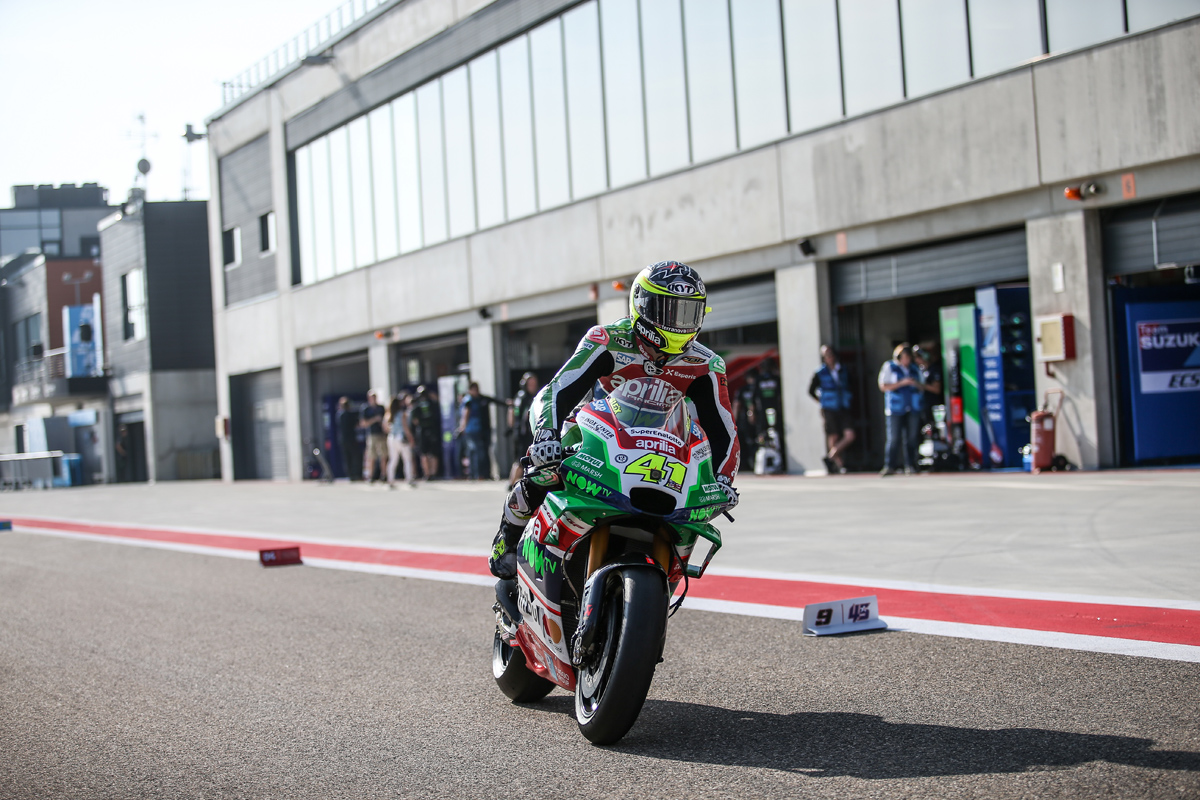
Aprilia, too, has shown marked improvement this year, Aleix Espargaro proving his worth as a development rider. The Spaniard finished sixth in Aragon, equalling his best result. The bike has been losing weight through the year, making it much easier to turn, once a weakness of the bike. A design fault hid the strength of the motorcycle early in the season, engines failing during races due to an issue with the valves. That issue has been fixed now and so Espargaro is starting to finish races, and finish them in a strong position.
Both the Aprilia and the KTM still have weaknesses. The Aprilia RS-GP lacks bottom end, making it difficult to manage in acceleration. The KTM RC16 is hard to turn, something the engine revision is due to help alleviate. But both factories are well on their way to being fully competitive.
Once Alex Rins gets up to speed on the Suzuki, and Andrea Iannone finally adapts to the GSX-RR, we will have six fully competitive manufacturers on the MotoGP grid. Having suffered through MotoGP’s barren years at the end of the last decade, I cannot tell you what a pleasure it is to be writing about how exciting MotoGP is again. My career has come full circle.
Photos by CormacGP

